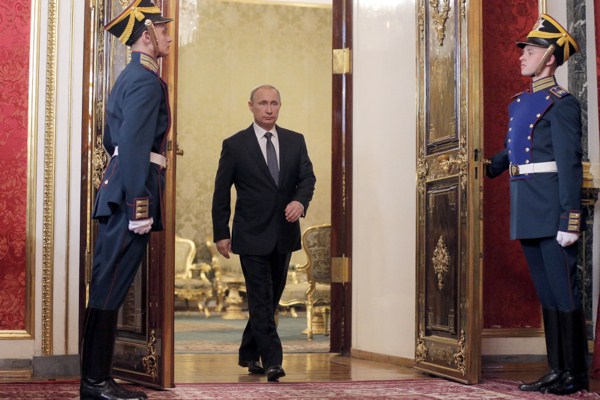One year ago, Russian President Vladimir Putin was releasing political prisoners in the run-up to the 2014 Sochi Olympics, even as protesters were massing in Kiev’s central square to demand the ouster of Ukraine’s then-President Viktor Yanukovych. The international spotlight was already on Russia and Ukraine, but no one could have predicted what was to come.
The events of 2014 have shaken both countries: Yanukovych’s ouster in February; Putin’s annexation of Crimea in March; the bloody stalemate in eastern Ukraine; the tragic downing of a Malaysian commercial airliner by Russian-backed separatists; escalating Western sanctions against Russian businesses; Ukraine’s steady progress toward integration with Europe; and, perhaps most dramatic of all, the collapse of global oil prices and the parallel collapse of the Russian ruble earlier this month. Seasoned Russia-watchers could barely keep up as the world paid closer attention to the region than at any time since the end of the Cold War.
At the outset of the crisis, U.S. policymakers relied on simplistic historical analogies to describe Putin’s behavior in hyperbolic terms. The hawkish Sen. John McCain said in March that Putin’s intervention “hearkens back to the days of Adolf Hitler and Joseph Stalin.” Former Secretary of State Hillary Clinton compared Putin’s actions to “what Hitler did back in the ’30s.” Advocating a more realist course, former Secretary of State Henry Kissinger wrote that “Putin is a serious strategist—on the premises of Russian history.” Journalists and pundits helped shape the general consensus that a revived Russian superpower, led by the shrewd and calculating Putin, posed a threat to the global order.

